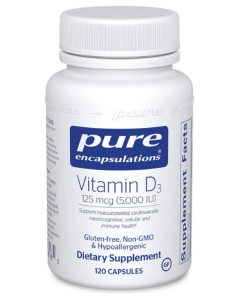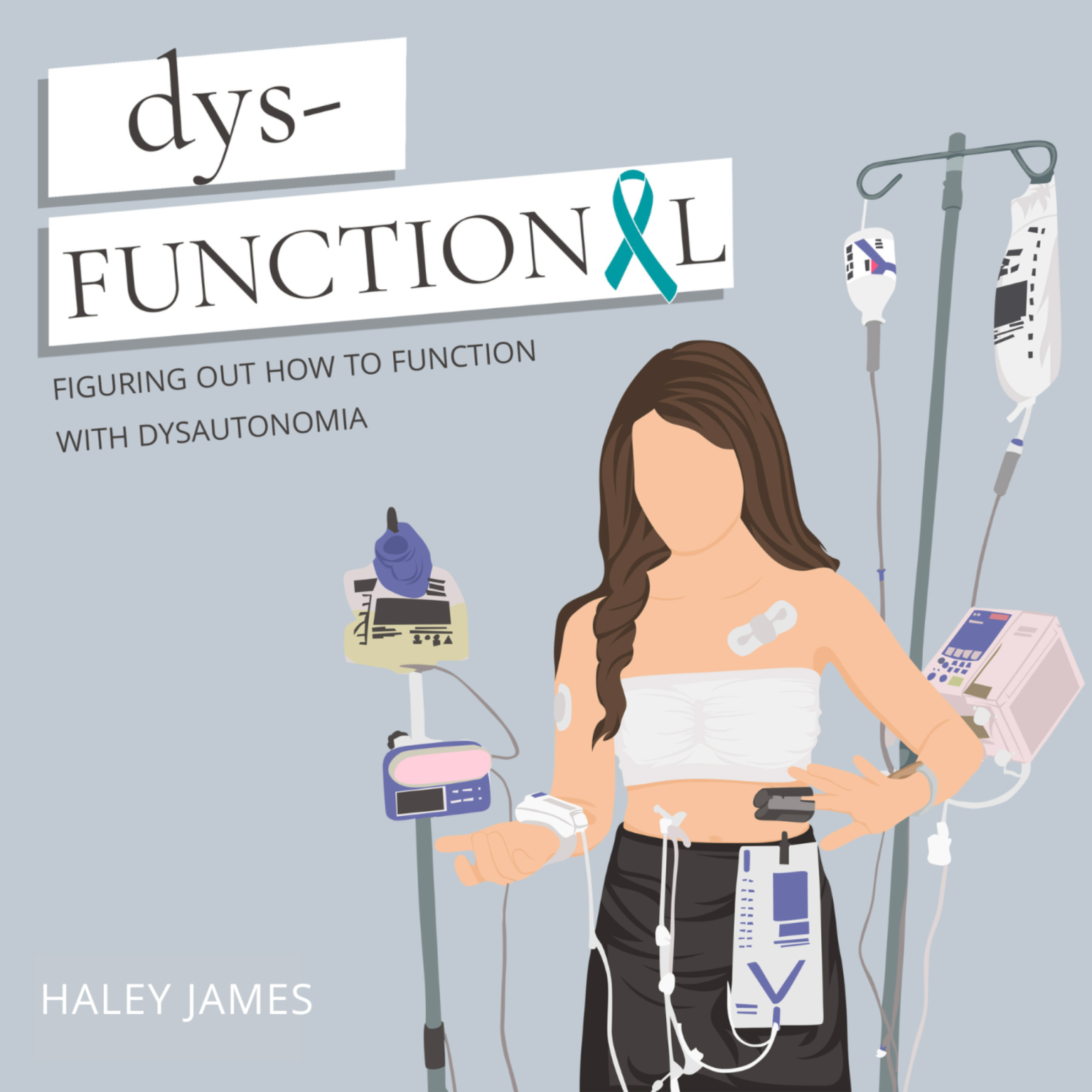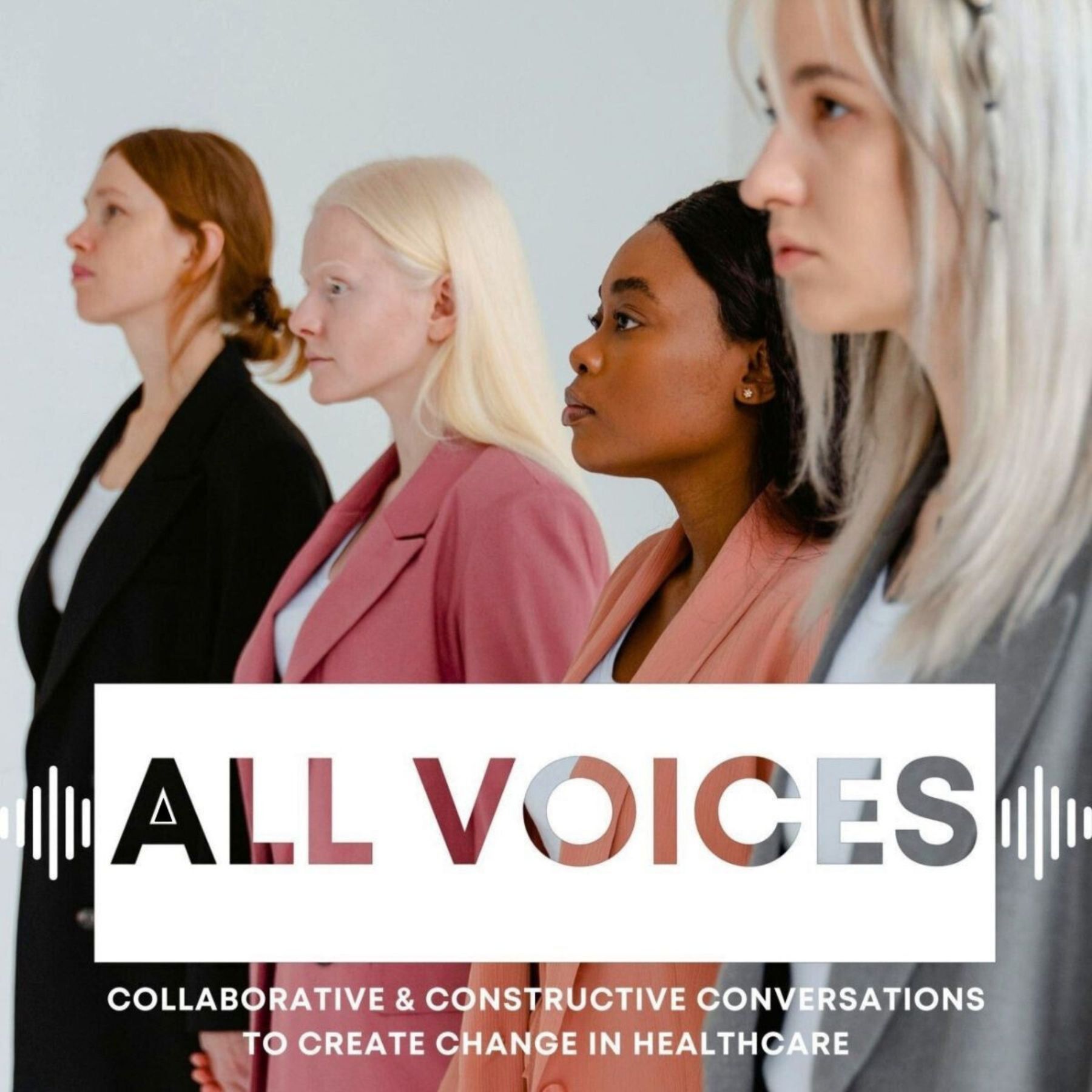I’ve been home for about 4 days now and I am still trying to process everything that happened at Mayo. It was a lot.
Overall, it was the best decision I could have made because now we have an answer. We know what we are dealing with and that makes this so much easier in many respects. There were so many ups and downs, so many emotions, so many tears, but I am so glad I did it because at the end of all of this we have an answer, and my life is forever changed – hopefully for the better – and we now know what is going on and can hopefully do something about it.
If you are in a similar situation, I recommend Mayo. If anything, it will get you a strong second opinion and I could not recommend that more. Now I can confidently move forward knowing we are making the best decisions we can.
Regarding my personal health update and diagnosis, in the last few days, I’ve already had an appointment with my head doctor at Stanford. They reviewed all the files and tests with my other Stanford doctors and unanimously agreed with Dr.Mckeon’s diagnosis of Autoimmune Autonomic Ganglionopathy.
Autoimmune Autonomic Ganglionopathy is an autoimmune disease that attacks the autonomic nervous system (the system that controls all automatic body functions – so it is a rare type of dysautonomia).
Was I surprised? Yes and no. Yes in that I was not familiar with A.A.G. before this trip and came across the research on it towards the end. I had read up on it only prior to the appointment, along with A.G.I.D. and other conditions that are in the same space. I wasn’t completely shocked, but in a way, I was surprised as I had been leaning towards other conditions. However, after going over the findings and evidence – A.A.G. is the correct diagnosis. It makes sense and lines up with all of the symptoms and many of the other conditions I have been dealing with. It explains the progression of my GI tract dysmotility and it helps me to understand that the enteric nervous system – part of the autonomic nervous system – is where mine primarily has taken a hit. This is relatively common in A.A.G., with many patients using feeding tubes and/or T.P.N. It is not limited to just the GI tract though, as it impacts all automatic body functions. This is why I have had so many seemingly random issues, symptoms, and diagnoses. When you look at it from the angle of an A.A.G. diagnosis, it makes complete sense.
Is there a cure? No, given that it is a very rare disease with only about 100 people diagnosed in the U.S. a year. Therefore, there are only a few medication management options that have been thoroughly researched and demonstrated to be effective. However, obtaining these treatments can be challenging. One such treatment is I.V.I.G., an infusion therapy that uses plasma from numerous donors. Due to its rarity, there are not enough extensive clinical trials to secure FDA approval for its use in my condition. If we cannot find a way to get that approved, chemo and steroids are our next and only other option. With only four case studies for chemo and 23 for steroids, there is limited data available for us to know if it would work. I knew this going into the appointment with Stanford and agreed with them that we would first see how the disease progresses over the next few months to determine our next steps. There’s no real prognosis as everyone is different and there is no guarantee any of these treatments will do anything. So yeah – it’s overwhelming if I’m honest.
In the meantime, I am going to be starting/restarting 2 oral medications, 1 injection, and saline infusions 2x a week. These can only help with symptom management as unfortuantely they can’t treat the underlying problem.
So how do I feel about it, outside of being overwhelmed? Well – happy that I have an answer. Relieved that it wasn’t completely different than what I had already known about dysautonomias, but also scared, terrified, and sad knowing how much of a fight I have ahead of me.
In January, we plan to have me get feeding tube surgery to switch to a GJ feeding tube as a more permanent management option.
In February, we will reassess progression and decide if we want to do chemo/steroids/IVIG and what that is going to look like.
It feels so weird to be making a plan of action and not just investigative appointments. A good weird though. This is the first next step for me getting back to living how I want and I couldn’t be happier. There is still a long road ahead, but I am ready to meet it.
Thank you for following my Mayo Journey! I hope it was helpful in some way! Please, if you are thinking of going to Mayo or want to know more please reach out! I am here to help 🙂
As always – thanks for being here
xx I love you, I mean it


























































